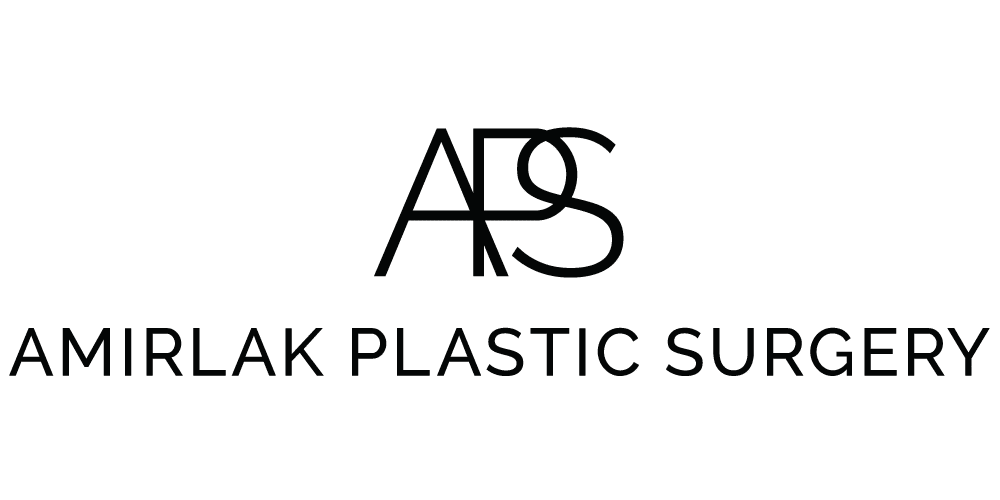Reduction Mammaplasty FAQs
- Posted on: May 11 2017
Women who are unhappy about having large breasts and/or want to treat symptoms such as back pain breathing problems and poor posture, may benefit from reduction mammaplasty (breast reduction), during which fat, glandular tissue and skin are removed from the breasts. The resultant smaller breasts increase patient comfort, and look more in proportion to the rest of the body.
Who is a candidate for reduction mammaplasty?
The ideal candidate for reduction mammaplasty is a woman with oversized breasts that are causing medical problems, low self-esteem, and/or physical or social discomfort. A woman who is pregnant or breastfeeding cannot undergo reduction mammaplasty. Reduction mammaplasty, usually using liposuction, is also used on men whose breasts are enlarged.
How long does reduction mammaplasty take to perform?
Depending on the technique used and the individual case, reduction mammaplasty takes from 2 to 5 hours to perform.
How is reduction mammaplasty performed?
Reduction mammaplasty is performed under general anesthesia. One of the following incisions is often used: two rings, one larger than the other, around the areola; a keyhole shape, around the areola and down to the breast crease; or an anchor shape, beginning in the breast crease, and extending up to and around the areola. Liposuction alone is sometimes used to reduce breast size.
When can normal activities be resumed after reduction mammaplasty?
After reduction mammaplasty, a patient can return to work within 1 week, although some patients may need up to 2 weeks. Physical activity must be postponed for 1 month.
Is reduction mammaplasty covered by insurance?
Medical insurance may cover the cost of reduction mammaplasty if it is being performed to alleviate physical discomfort and pain. Depending on the particular insurance provider, eligibility factors may include the amount of breast tissue to be removed, and whether more conservative steps to reduce pain have been attempted.
How long do the results of reduction mammaplasty last?
The smaller breasts that result from reduction mammaplasty are permanent, but breasts are still subject to the effects of aging, gravity, changes in hormone levels, and weight gain/loss.
Does reduction mammaplasty leave scars?
Reduction mammaplasty leaves permanent scars on the breasts. Scars appear lumpy and red for several months after surgery, but fade with time. The larger the incision, the more noticeable the scar. Breast reduction using liposuction leaves the smallest scar (near the underarm), but liposuction is not as effective as other methods in reducing breast volume.
Does having reduction mammaplasty eliminate the possibility of breast-feeding?
The ability to breast-feed can be affected by reduction mammaplasty. Risk depends on the type of incision used to perform the procedure. Traditional reduction mammaplasty uses a large, anchor-shaped incision that removes a significant number of milk ducts, which can affect the ability to breast-feed. The smaller incisions used in other types of reduction mammaplasty are less likely to cause issues with breast-feeding.
What are the major risks and complications of reduction mammaplasty?
In addition to the risks associated with any surgery, risks related to reduction mammaplasty, depending on the technique used, include loss of sensation; scarring; asymmetry; excessive firmness; the inability to breast-feed; loss of skin/tissue where incisions meet; and partial or total loss of the areola and nipple.


